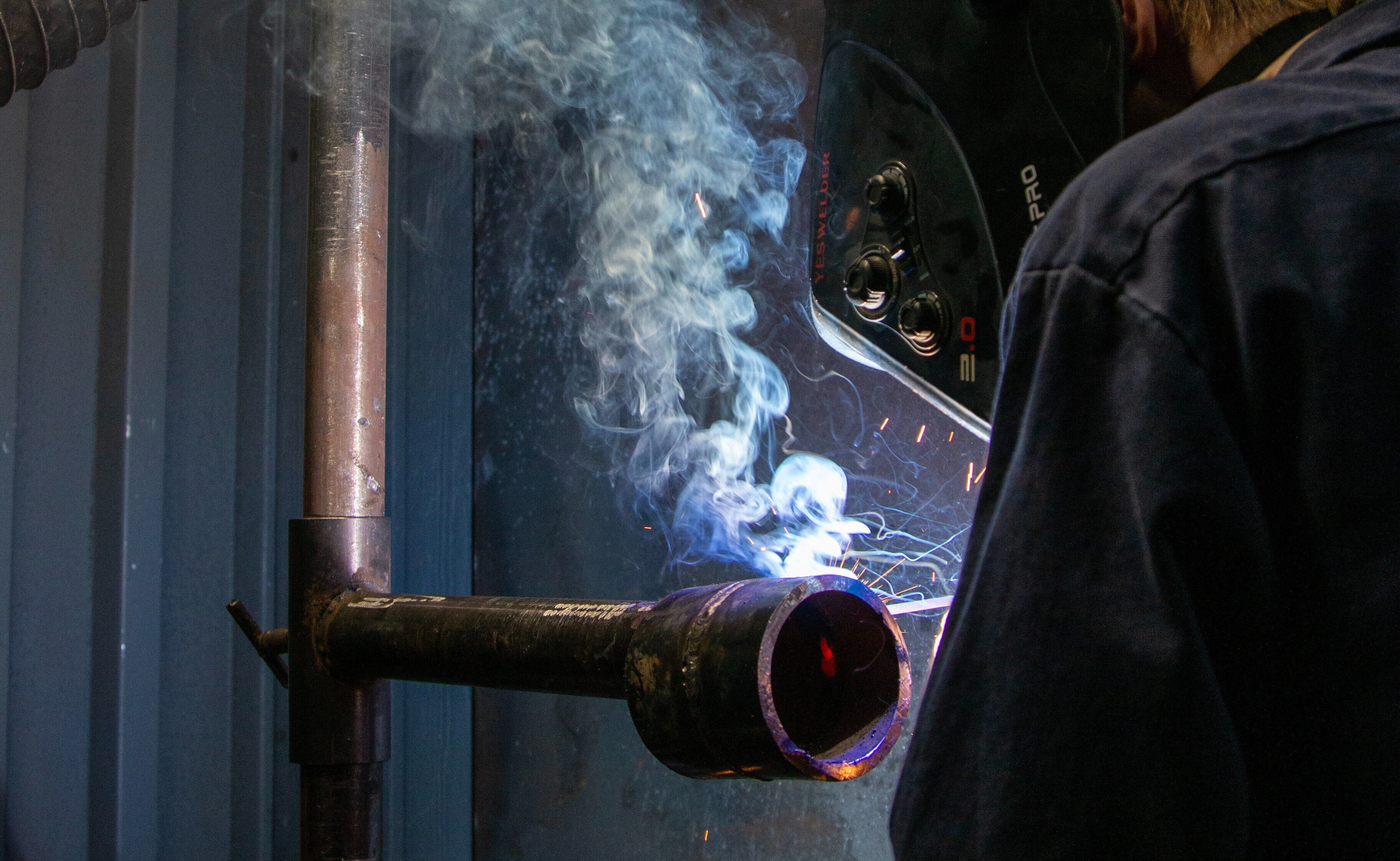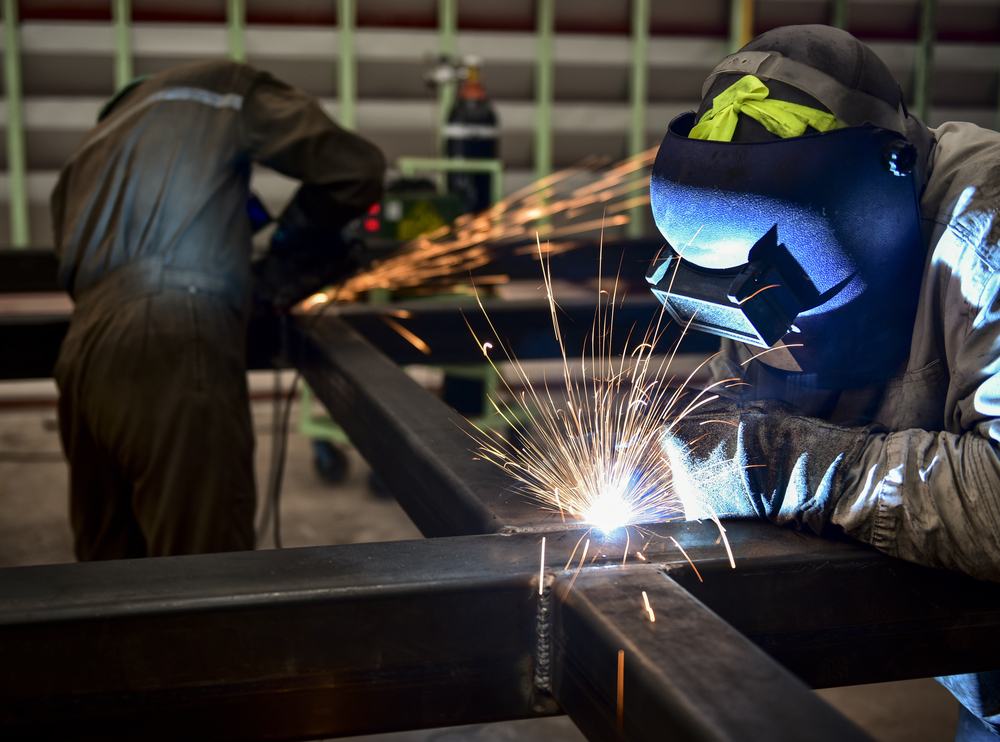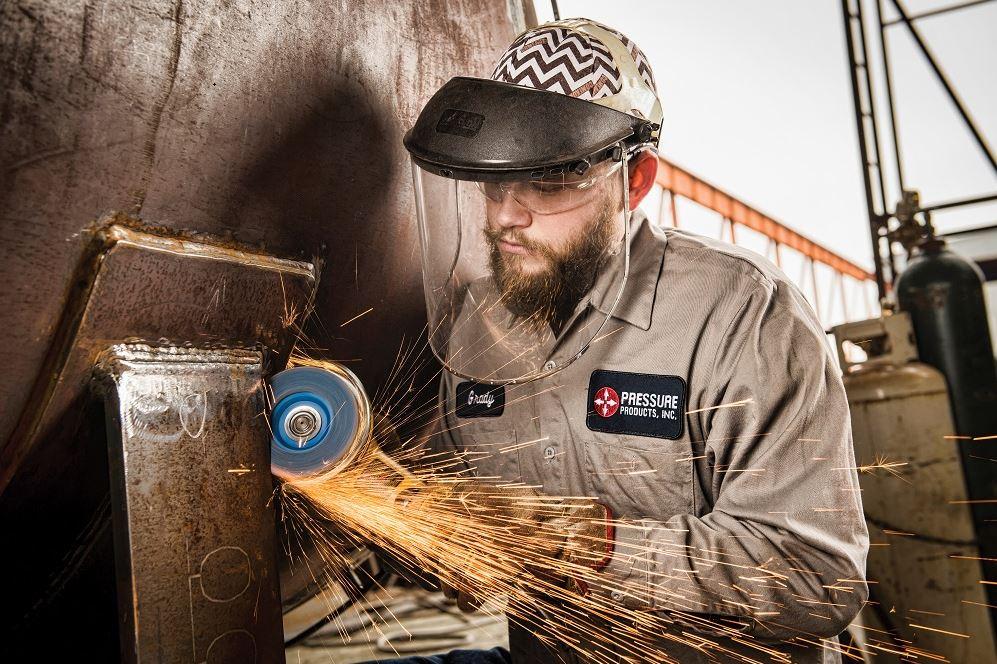Top welding defects Montana Mobile Welding and Repair Belgrade Welding helps eliminate
Wiki Article
Usual Welding Repair Work Issues and Just How to Address Them Properly
Welding repairs commonly run into a variety of issues that can threaten the integrity of the final product. Typical issues consist of inadequate infiltration, porosity, and imbalance, to name a few. Each defect offers one-of-a-kind challenges that need specific strategies for resolution. Comprehending these problems is necessary for welders intending to boost their end results and abilities. This discussion will certainly explore these typical welding repair work issues and effective methods to resolve them.Inadequate Infiltration
Inadequate infiltration takes place when the weld steel falls short to totally fuse with the base product, leading to weak joints and possible architectural failures. This issue usually comes from not enough heat input, inaccurate electrode angle, or inappropriate welding rate. Welders might encounter inadequate infiltration due to a miscalculation of the required parameters for a specific material density or type. In addition, contamination on the base product's surface area can hinder reliable bonding, intensifying the issue. To attend to inadequate penetration, welders should assure suitable setups on their devices and keep a tidy job surface area. Routine assessment of welds is suggested to identify any type of deficiencies early, enabling timely adjustments and the avoidance of endangered structural honesty in bonded assemblies.Porosity
Porosity is a typical defect in bonded joints that shows up as small gas bubbles caught within the weld metal. This defect can jeopardize the stability of the weld, resulting in lowered strength and possible failure under stress and anxiety. Montana Mobile Welding and Repair Belgrade Welding. Porosity commonly occurs from contamination, moisture, or improper welding techniques, which enable gases to get away right into the liquified weld swimming pool. To address porosity, welders ought to ensure appropriate surface area preparation, maintain a clean workplace, and utilize suitable welding parameters. In addition, selecting the ideal filler material and securing gas can alleviate gas entrapment. Routine evaluation and screening of welds can aid determine porosity early, guaranteeing prompt corrective activities are taken, therefore maintaining the quality and dependability of the welded structureImbalance
Imbalance in welding can develop from various factors, including improper setup and thermal development. Understanding the origin causes is vital for effective resolution. A number of improvement strategies are readily available to straighten components and assure architectural stability.Reasons for Misalignment
Welding imbalance typically originates from a range of underlying concerns that can endanger structural stability. One key cause is incorrect fit-up of components prior to welding, which can bring about spaces and unequal surface areas. Variants in thermal development during the welding procedure can additionally result in distortion, especially if the products being signed up with have different coefficients of growth. Additionally, inadequate fixturing and securing may fail to hold parts securely in position, leading to motion during welding. Improperly conserved equipment, including welding machines and devices, might present variances in the weld grain, additional adding to imbalance. Operator error, stemming from inadequate training or experience, can additionally play a substantial function in creating misaligned welds.
Improvement Strategies Available
Attending to imbalance effectively needs a combination of rehabilitative techniques customized to the specific problems available. One typical method is the usage of jigs or fixtures to hold parts in the appropriate position during welding, ensuring constant placement. Additionally, pre-heating the materials can assist minimize distortion and boost fit-up. For considerable imbalance, mechanical realignment methods, such as utilizing hydraulic jacks or clamps, can be utilized to fix the placement before welding. Post-weld heat treatment may also be necessary to eliminate stresses created by imbalance. Finally, mindful inspection and change throughout the configuration phase can avoid misalignment issues from ending up being substantial problems, advertising a smoother welding procedure and improving total architectural integrity.Distortion
Distortion is an usual challenge in welding that can emerge from various variables, including uneven cooling and heating. Understanding the sources of distortion is necessary for carrying out effective avoidance methods. Addressing this concern not only boosts architectural honesty yet likewise enhances the overall top quality of the weld.Reasons for Distortion
When based on the intense warmth of welding, materials typically undergo modifications that can cause distortion. This phenomenon primarily arises from thermal expansion and contraction during the welding procedure. As the weld area warms up, the material expands; upon air conditioning, it acquires, which can create inner tensions. Furthermore, irregular home heating throughout a work surface can aggravate these stress and anxieties, leading to bending or bending. The sort of material likewise plays a substantial duty; metals with additional hints differing thermal conductivity and coefficients of expansion may respond in different ways, bring about unpredictable distortions. Moreover, bad joint design and insufficient fixturing can add to imbalance during welding, boosting the likelihood of distortion. Comprehending these reasons is necessary for effective welding repair service and avoidance approaches.Avoidance Techniques
Effective prevention methods for distortion throughout welding concentrate on managing heat input and guaranteeing appropriate joint layout. Keeping a regular warmth input assists to minimize thermal development and tightening, which can cause distortion. Making use of strategies such as pre-heating the work surface can also lower the temperature level slope, advertising uniform home heating. Additionally, picking appropriate joint layouts, such as T-joints or lap joints, can enhance stability and lower stress focus. Applying correct fixturing to safeguard the work surfaces in position further aids in preserving alignment during the welding procedure. Staggered welding series can disperse warmth a lot more equally, preventing localized distortion. By applying these approaches, welders can significantly decrease the likelihood of distortion and boost the total top quality of their welds.Splitting
Cracking is a common concern come across in welding repair services, typically resulting from different variables such as improper air conditioning prices, product choice, or inadequate joint prep work. The incident of cracks can significantly compromise the integrity of the weld, causing possible failings during operation. To resolve this problem, welders must first evaluate the origin, ensuring that materials work and properly chosen for the details application. In addition, controlling the cooling rate during the welding process is vital; rapid air conditioning can induce stress and cause fracturing. Appropriate joint design and prep work additionally add to minimizing the threat. Carrying out these approaches can enhance weld quality and durability, inevitably decreasing the likelihood of splitting in finished weldments.
Insufficient Fusion
A significant concern in welding fixings is insufficient combination, which happens when the weld metal does not properly bond with the base material or previous weld passes - Montana Mobile Welding and Repair Belgrade Fabrication. This flaw can result in weak points in the joint, potentially endangering the honesty of the welded framework. Elements contributing to insufficient combination consist of not enough heat input, incorrect welding strategy, and contamination of the surfaces being signed up with. To address this problem efficiently, welders must guarantee correct pre-weld cleansing and surface preparation, along with change their welding specifications to accomplish adequate infiltration and fusion. Routine examination throughout the welding procedure can also assist recognize incomplete blend early, permitting for timely corrective steps to improve the total top quality of the weldOverheating
While welding fixings can enhance architectural integrity, overheating presents a significant obstacle that can bring about product degradation. Excessive warmth during welding can alter the mechanical homes of metals, resulting in minimized stamina, raised brittleness, and bending. This phenomenon is specifically important in high-stress applications where architectural reliability is extremely important. Identifying getting too hot can include visual evaluations for discoloration or distortion, in addition to keeping an eye on temperature level throughout the welding procedure. To view publisher site alleviate the risks connected with overheating, welders need to employ suitable strategies, such as regulating heat input, changing travel rate, and making use of ideal filler products. In addition, implementing pre- and post-weld heat treatments can assist bring back product homes and boost the total high quality of the fixing, making sure long-lasting efficiency and safety and security.Regularly Asked Questions
What Are the Usual Indicators of a Welding Flaw?

How Can I Test My Welds for High quality?
To check welds for high quality, one can use aesthetic evaluations, ultrasonic testing, and radiographic techniques. Each technique guarantees architectural honesty, recognizes problems, and verifies adherence to specified criteria, eventually boosting the integrity of the bonded joints.What Security Precautions Should I Take While Welding?
When welding, one ought to focus on security by wearing proper personal safety devices, guaranteeing correct ventilation, safeguarding combustible products away, keeping a tidy Click Here work space, and knowing surroundings to stop accidents and injuries.Can I Fix a Weld Without Renovating the Entire Joint?
Repairing a weld without remodeling the entire joint is feasible, depending upon the damage (Montana Mobile Welding and Repair Belgrade Welding). Methods such as grinding, adding filler product, or using a welding procedure can properly address specific problems while preserving the bordering frameworkWhat Devices Are Vital for Reliable Welding Services?
Vital devices for efficient welding fixings include a welding equipment, cord brush, grinder, protective equipment, clamps, and filler products. Each tool plays an essential duty in guaranteeing top quality and security throughout the repair work process. Porosity usually arises from contamination, wetness, or inappropriate welding methods, which permit gases to escape right into the liquified weld pool. Poorly conserved devices, consisting of welding machines and tools, might introduce incongruities in the weld grain, more adding to imbalance. When subjected to the extreme heat of welding, materials typically undertake modifications that can lead to distortion. Fracturing is a typical concern come across in welding repair work, frequently resulting from various variables such as inappropriate air conditioning rates, product selection, or poor joint preparation. A significant problem in welding fixings is incomplete fusion, which happens when the weld steel does not appropriately bond with the base product or previous weld passes.Report this wiki page